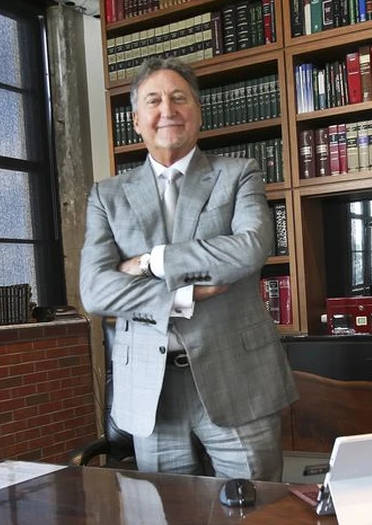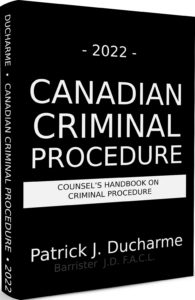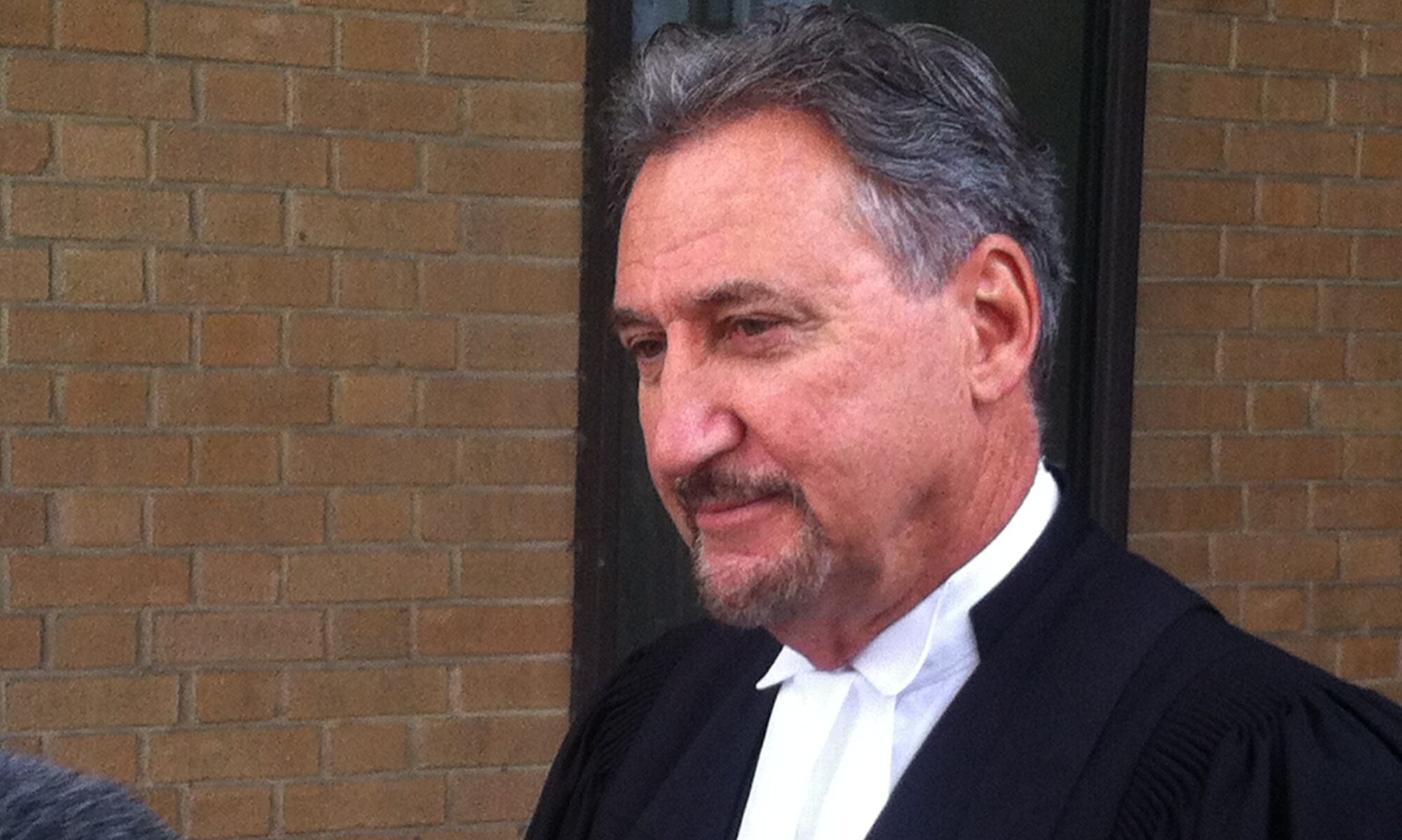 |
| Patrick Ducharme |
The classic definition of sufficiency has been described as, ‘some evidence upon which a reasonable jury, properly instructed, could convict. Perhaps understandably, use of the term “some evidence” led some Justices to refer to the test of sufficiency as a distinction between ‘no evidence’ and ‘some evidence.’ McLachlin J. (as she then was), noting this error, referred to the distinction between ‘no evidence’ and ‘some evidence’ as “nonsensical.”2 She decided to fix the problem. She did so in two cases: R. v.Charemski3 and R. v.Arcuri.
In Charemski, McLachlin J., in dissent on a different issue, wrote that the test of sufficiency relates to the ability of the evidence to support a verdict of guilt, that is, whether there is sufficient evidence to permit a properly instructed jury to reasonably convict. It is not a question of: is there is any evidence, even a scintilla, in support of the case for the prosecution. It is, should the Justice be reasonably satisfied that a jury could find the accused guilty on the evidence established.
In Arcuri, at a preliminary inquiry on first-degree murder, the Crown’s case was entirely circumstantial. The accused called two witnesses offering testimony that was potentially exculpatory. The case provided the court with an ideal opportunity to dispel the notion that, “any evidence” or just “some evidence” meets the test of sufficiency. The use of that terminology could be misunderstood to mean that if the Crown presents evidence that would, on its own, be sufficient to support a verdict of guilty, the preliminary inquiry Judge need not consider exculpatory evidence of the defence. That result, the court concluded, would be inconsistent with the mandate of the preliminary inquiry Justice.
The preliminary hearing Justice is required by section 548 to consider “the whole of the evidence.” The test of sufficiency cannot foreclose consideration of defence evidence. It remains true, if the Crown adduces direct evidence on every essential element of the offence, the test of sufficiency will be met. Questions of credibility in these circumstances will properly be left to the jury.
When, however, the evidence is circumstantial, and/or the court hears exculpatory evidence from the defence, applying the proper test as characterized by McLachlin J. in Charemski, the presiding Justice is required, to consider all the evidence, and determine, “whether a properly instructed jury, acting reasonably, could find guilt beyond a reasonable doubt.”
Charemski dealt with the issue of evidence sufficient to leave a case to the jury upon a motion for a directed verdict. The test of sufficiency is, however, the same for preliminary inquiries, extradition cases, non-suit applications and directed verdicts.9
McLachlin J. in Charemski felt that the court’s decisions in Mezzo and Monteleone had, unfortunately and unintentionally, created some “ambiguities” in the test for sufficiency.10 Nevertheless, she was confident the ambiguous comments in those decisions were not intended to abandon the long-standing rule that the proper test is, “whether a properly instructed jury, acting reasonably, could find guilt beyond a reasonable doubt.”
This same test prevails in the United States, England and Australia.
By necessity, this may require a Justice presiding at a preliminary inquiry to engage in a limited evaluation of inferences in order to answer this question. It is the only test, the court concludes, that satisfies the logic of the trial process and adequately safeguards an accused’s rights. It is a test that best harmonizes the tests established for the analogous proceedings of motions for directed verdicts and non-suits.
The test to determine sufficiency is not whether there is no evidence or some evidence, but whether a properly instructed jury acting reasonably could find guilt. Sufficient evidence means: sufficient evidence to sustain a verdict of guilt beyond a reasonable doubt. McLachlin J. (as she then was) wrote, “merely to refer to ‘sufficient evidence’ is incomplete, since “sufficient” always relates to the goal or threshold of proof beyond a reasonable doubt. This must constantly be borne in mind when evaluating whether the evidence is capable of supporting the inferences necessary to establish the essential elements of the case.”

The above is the an excerpt of Patrick J Ducharme's book, Canadian Criminal Procedure, available at Amazon or in bulk through MedicaLegal Publishing along with Criminal Trial Strategies.
Subscribe to Patrick Ducharme's Youtube Channel
